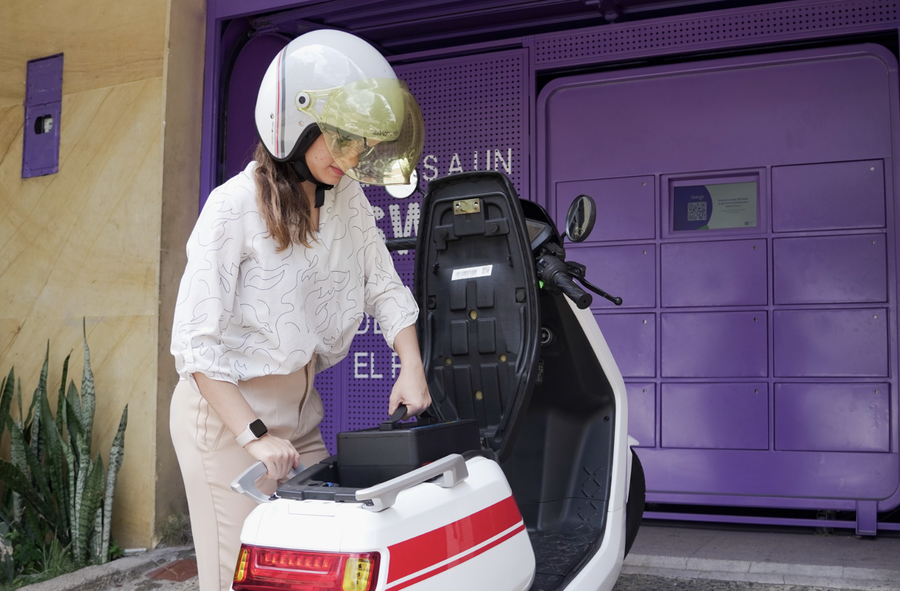The clean energy revolution presents a compelling vision for sustainable transportation. A diverse array of technologies, including solar power, energy storage solutions and electric vehicles (EVs). However, the high upfront costs associated with these technologies remain a significant barrier to widespread adoption.
Beyond the initial investment, a complex infrastructure landscape further challenges the transition to clean transportation. The burgeoning EV market presents a multitude of vehicle types, each with specific needs, especially when it comes to charging technologies. Additionally, the integration of renewable energy sources and effective grid management necessitate innovative control and power management strategies. Establishing a robust charging infrastructure network that seamlessly connects diverse EVs requires careful consideration.
For a truly convenient user experience akin to traditional gas stations, the development of ultra-fast charging stations is paramount. Research into mitigating associated challenges, such as heat generation, noise pollution, and electromagnetic interference (EMI), remains crucial for their successful implementation.
The integration of solar PV as the energy source to charge EVs emerges as a viable solution to accelerate the transition to clean transportation, and making the case through successful pilot projects is key to demonstrating this potential.
To address the sustainable transportation cost and access gap, three meticulously chosen demonstration projects were deployed by BASE and Integrate2Zero in Mexico, Kenya, and Colombia. Battery swapping, emerging as a promising solution, was piloted in Colombia and Kenya, demonstrating the potential of this technology to offer rapid and convenient recharging. Additionally, a project in Mexico focused on showcasing the feasibility of solar PV-powered charging stations for vehicle fleets, further highlighting the diverse options within the clean transportation landscape.
In Kenya, the project tested the integration of solar charging and swapping battery stations that complement a business model that aims to franchise the solar charging station and remove the need to depend on the infrastructure investment of the local eMotorbikes provider, Ampersand. This solution shows high replicability potential, and hence would allow the expansion of the eMotorbikes in other cities outside the capital, Nairobi. This combination of integrated technologies and business model would make e-Motorbikes competitive and affordable against combustion engine motorbikes.
In Mexico, the effort was focused on testing an integrated solution where a municipal public entity was empowered to act as a public ESCO to monetise savings and revolve these funds to invest in municipal cleantech solutions. This demonstration project was for a solar rooftop project in a police station that was aimed to charge the recently acquired electric police patrols. As well, a MRV and business model was proposed. Currently, the municipality does not have a public entity that is focused on financing these solutions.
In Colombia, the activities encompassed literature reviews, market assessments, economic and policy analyses, as well as mapping finance instruments and ESCOs as well as supporting a cleantech-integrated project. After analysing an array of initiatives, the team selected a project which was focused on working with a local utility to offer swapping battery services and charge the batteries with solar systems. The project aimed to demonstrate the feasibility of the integrated solution – on-site, on-road, and on-grid, and the basis for a business model.

These projects prioritised high replicability, market transformation potential, and the creation of a clear blueprint for future integrated projects. Selection extended beyond technical innovation to include pioneering business models that ensure scalability and replicability of these solutions.
Continued advancements in technology and infrastructure, coupled with targeted cost-reduction strategies, will pave the way for a more accessible and sustainable transportation future. The three initiatives were granted financial and technical assistance for the execution of demonstration projects, focusing on identifying and adopting the most appropriate clean technology integrated solutions and business models.
A final report is designed to succinctly capture the key findings and recommendations from these demonstration projects. The aim of this report is not only to document the specific results of each initiative but also to make a significant contribution to the wider market understanding and developments in this area. The case studies can be accessed here.